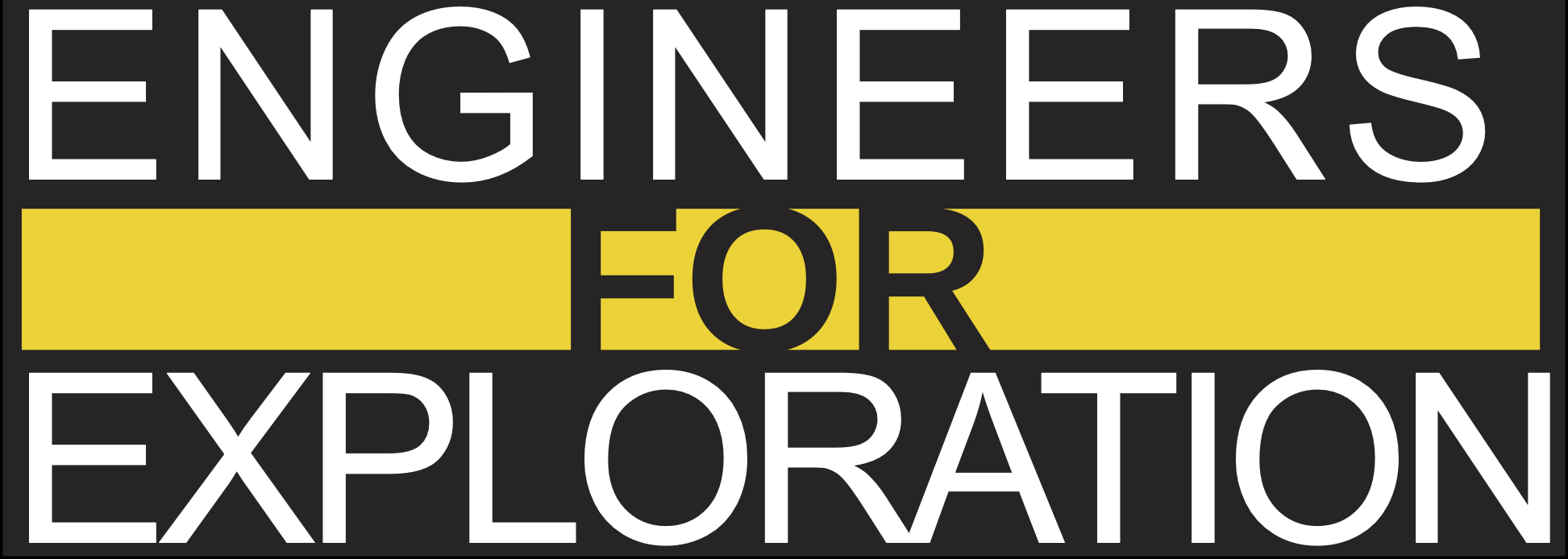Kendall-Frost Marsh Acoustic Deployment!
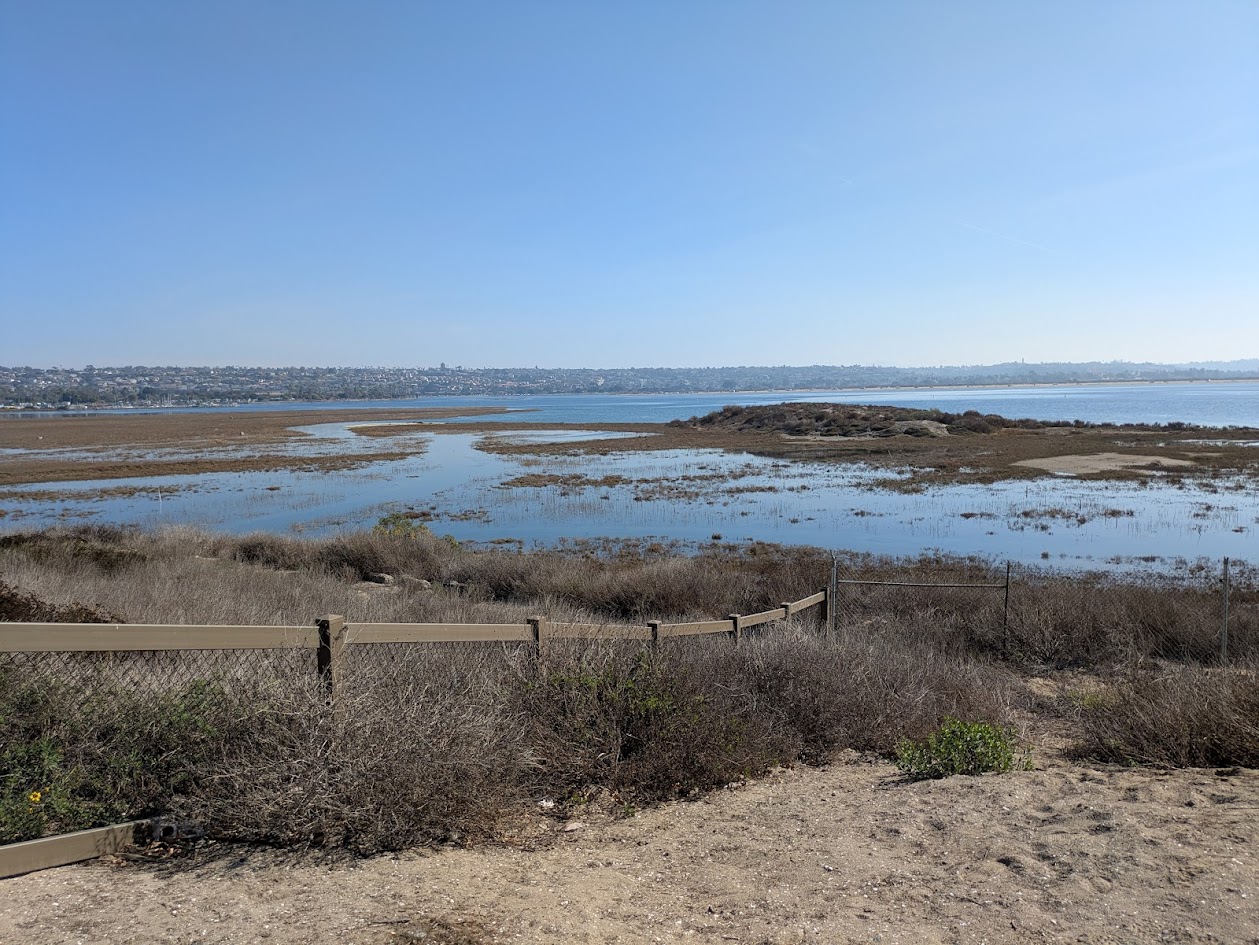
South of UCSD lies Mission Bay, a popular tourist spot once a biodiverse-rich marshland destroyed through a combination of dredging and the redirection of the San Diego River. However, recent efforts have begun to preserve and restore some of the original habitats, particularly in the Kendall-Frost Marsh, one of several biodiversity reserves managed by the UC Natural Reserve System. This 40-acre marshland lies in the northern section of Mission Bay and is a popular spot for migrating birds and two endangered species: “Ridgway’s rail and Belding’s savannah sparrow” [1,2].
Towards aiding in the preservation of this wetland and protecting our avian friends, the Acoustic Species Identification Team at Engineers for Exploration has started conducting Acoustic deployments to the wetland. Efforts led by 1st-year master’s student Wesley Wu and 1st year PhD and Project Lead Sean Perry have resulted in two audio recording devices monitoring continuously for 3 weeks near Ridgway’s rail nesting sites and closer to the coastline. The goal: The ability to later create new systems for monitoring bird activity around the marsh and the impact of anthropogenic noise on these incredible local species that call the marsh their home.
Love Your Wetlands Day: February 1st, 2025
Upon Wesley reaching out and connecting with the folks at UC Natural Reserve System and making plans to start investigating passive acoustic monitoring to protect species at the reserve, Wesley and Sean started by scouting out the Marsh during an open house event as part of Love Your Wetlands Day at the Kendall Frost Marsh. Hundreds of people and organizations were there, out to explore this ecosystem and many people working to protect it.
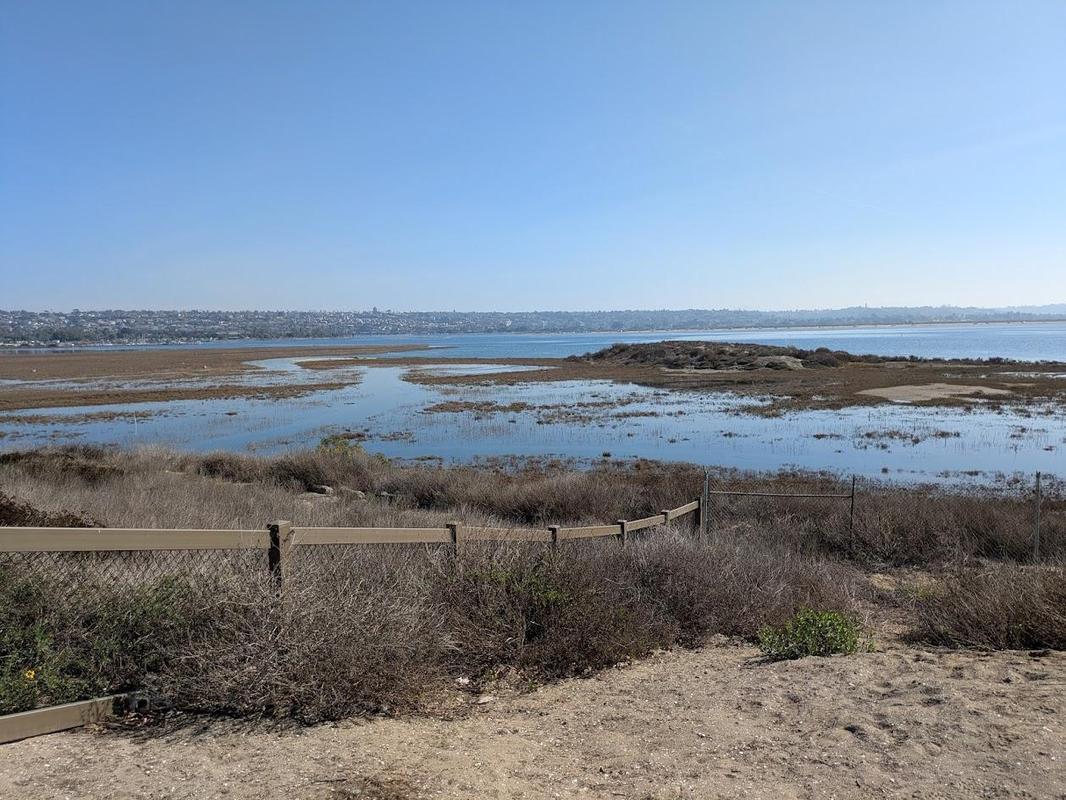
View of Kendall Frost Marsh looking Southeast from Crown Point drive taken by Sean Perry at 11:04 AM during the Love Your Wetlands Day. This image was taken at high tide, so not much of the beach is visible. Thus, the area in particular was quite flooded. There are several artificial mounds designed to act as Nesting Platforms for the Ridgeway’s rail and many other species.
For Wesley and Sean, the main focus was less on the event and more on scouting out the area. The team was aiming for a March Deployment, and finding a good location for the audio devices was paramount. Especially since we would not be able to deploy closer to the nesting platforms, as in just a few weeks, the nesting season would start. As to not disturb the birds, researchers are not allowed near the nesting platforms. However, the team was able to scout out a small peninsula that was about 10 meters away from the closet nesting platform across a small river. Notably on this peninsula was a small hill that would overlook the area during high tide and several small grasses and shrubs that held the ground together near one of these platforms.
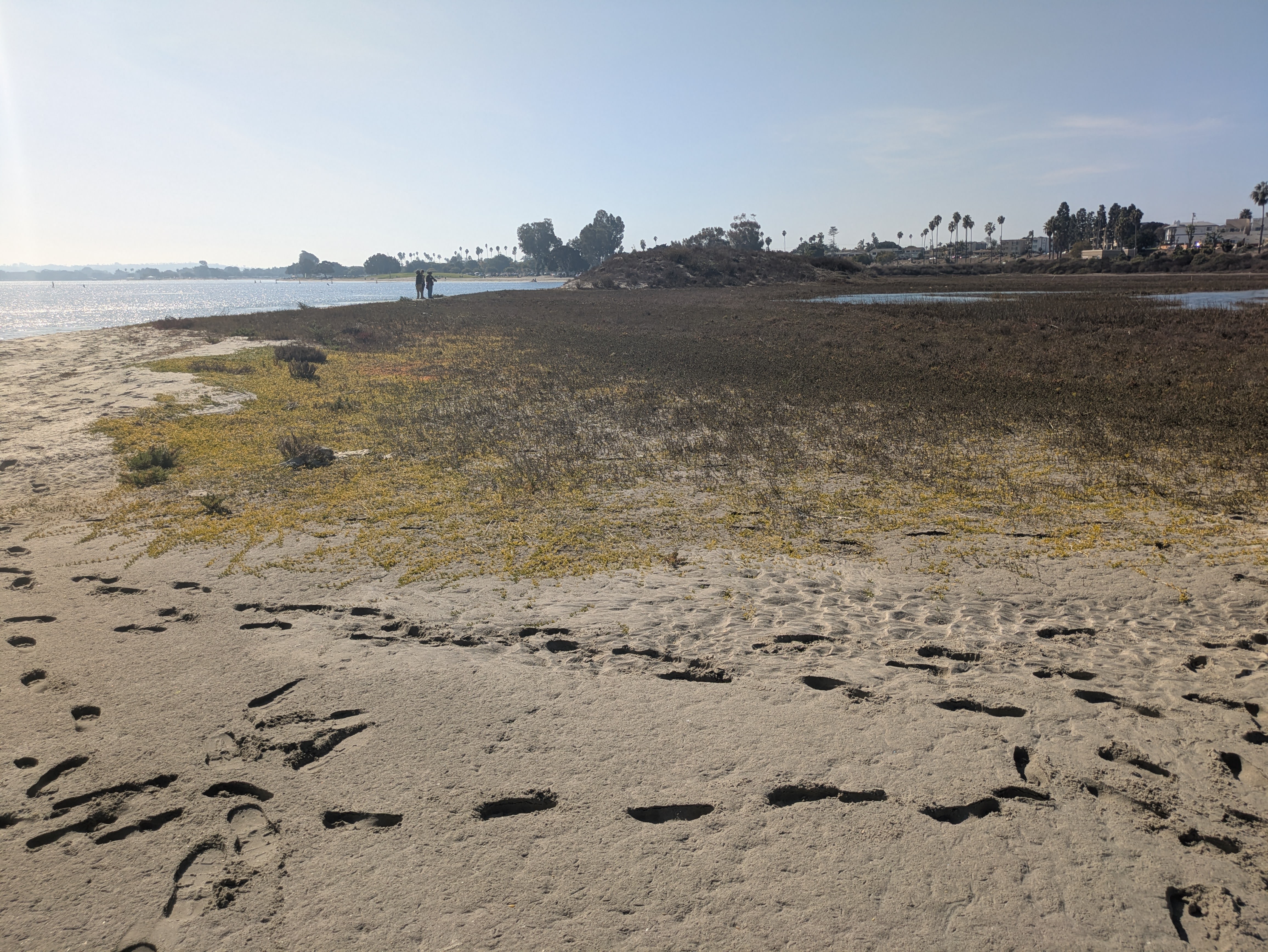
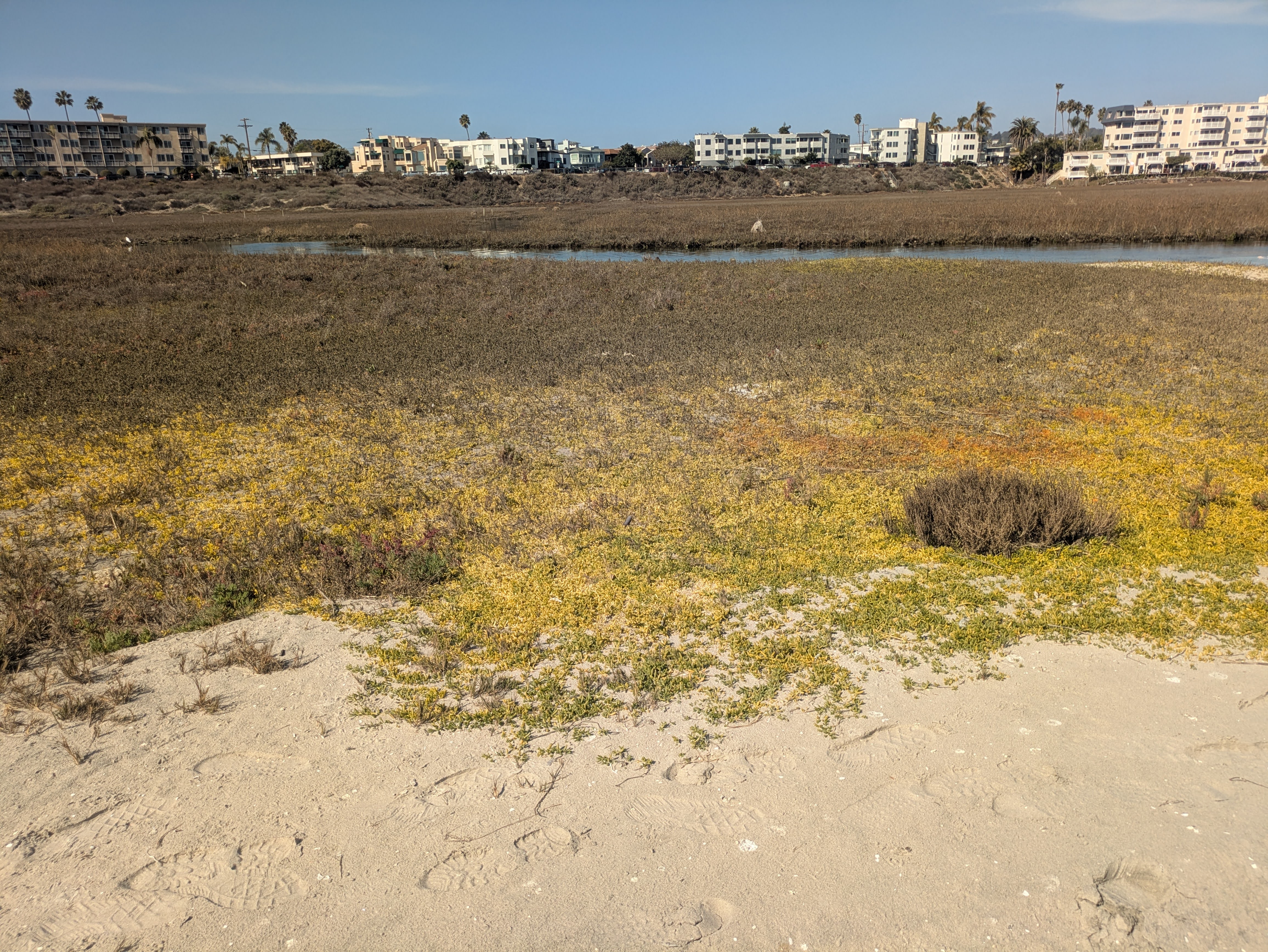
2 views of Inner Crown Point, the area explored as a possible site for deployment for the audio devices taken by Sean Perry. On the left is a view facing west and on the right from a view facing north from roughly the same location. On the left, you can observe the hill in the distance and the right shows where the various and reasonably dry shrubs are. Notice in the right image, how close this area is to a nearby nesting platform!
Upon collecting GPS coordinates of various views of the area, we decided this was a fantastic spot to do the deployment. We could get close to the nesting platforms without disturbing the bird species and potentially still have recordings sit above the water line. With that, we headed back home to start prepping for the deployment.
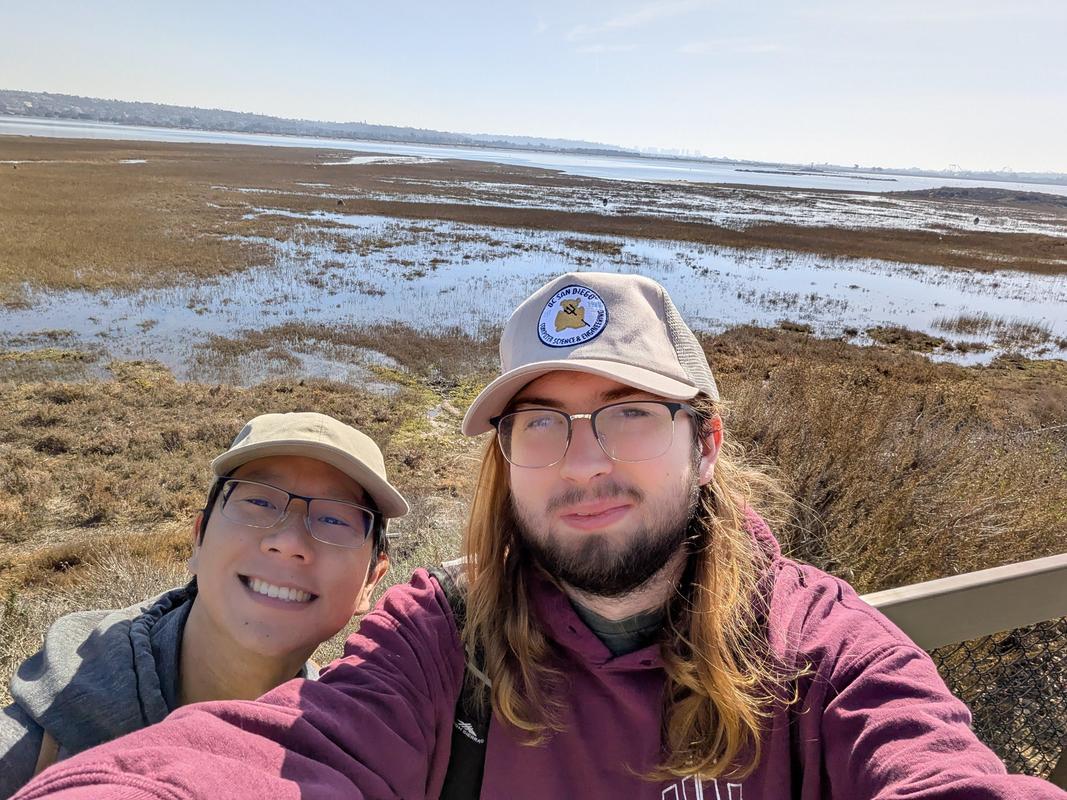
Preperation
Two key aspects were needed to get ready to go: Getting approval for the deployment, and getting the equipment set up. Wesley handled the documentation work and networking with the Nature Reserve System to approve the deployment (which was quite a bit of work!). Sean primarily worked on acquiring recording equipment and setup.
The devices of interest were the Hydromoth and Audiomoth. Both devices were created by Open Acoustic Devices, with the biggest difference between the two being the Hydromoth was rated for underwater use cases 3. The Audiomoth, being less waterproof, would be placed further away from the waterline than the Hydromoth in the upcoming deployment.
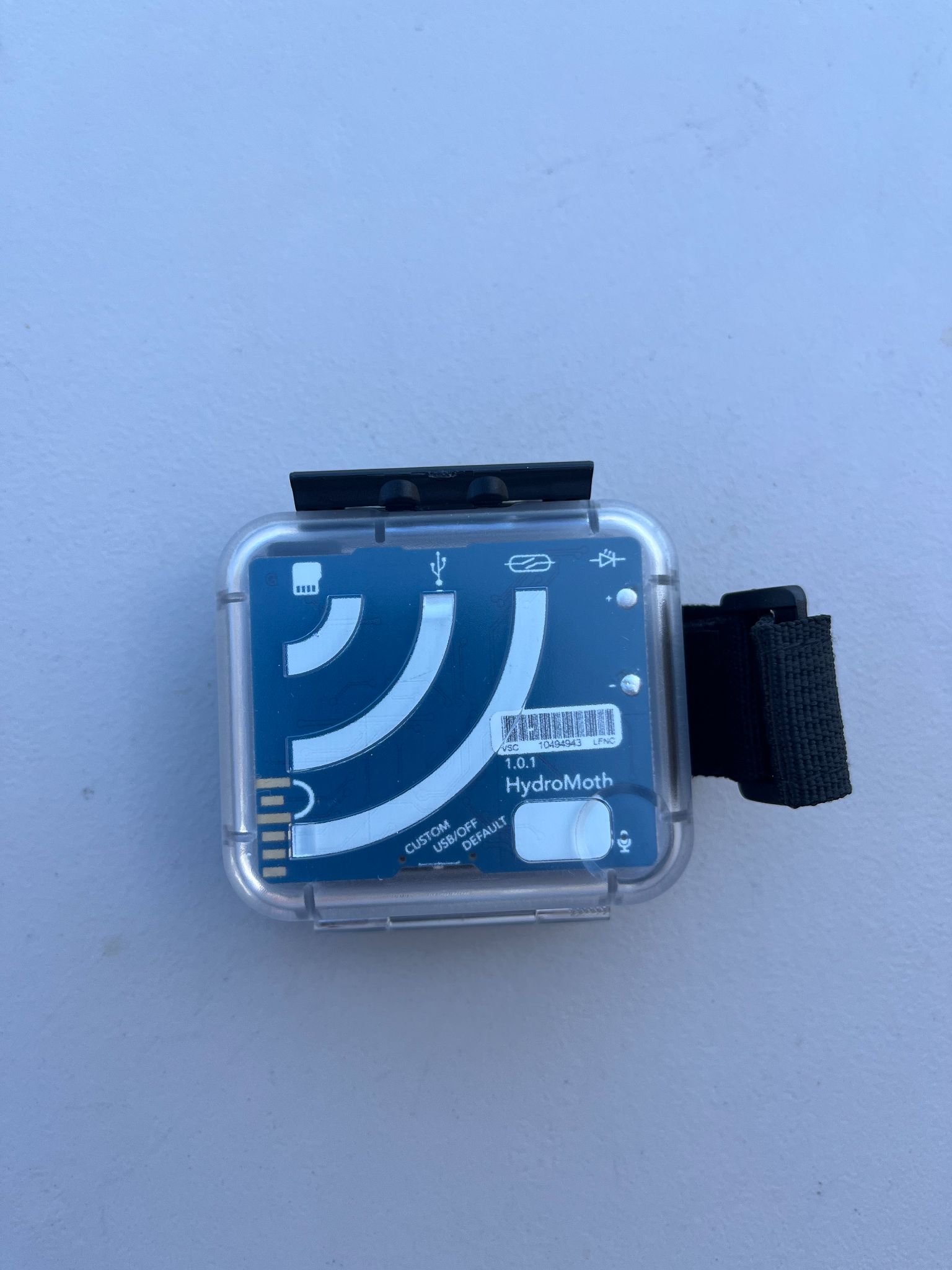
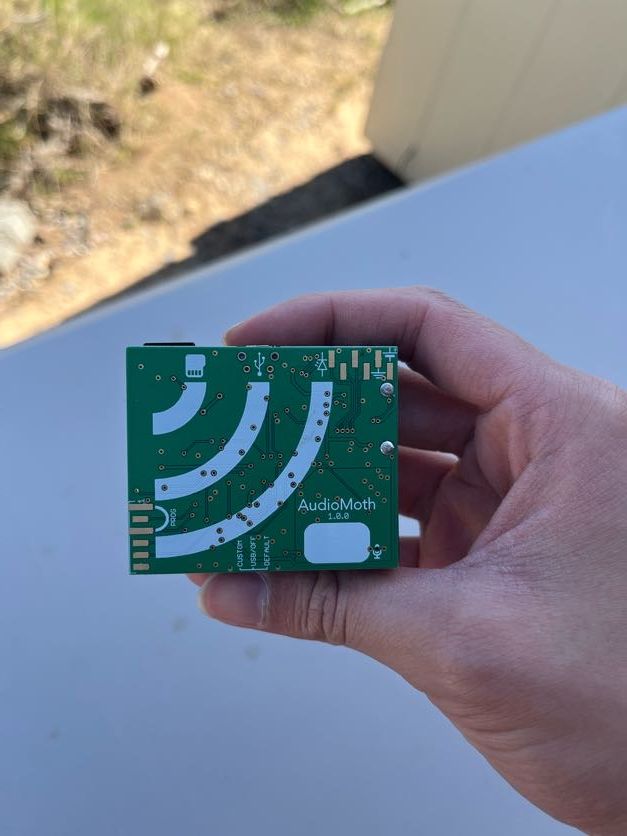
Photos of the Hydromoth (left) and Audiomoth (Right) as taken by Wesley Wu. These devices are inexpensive, omnidirectional microphones intended for passive acoustic recording deployments
Deployment: March 8th, 2025
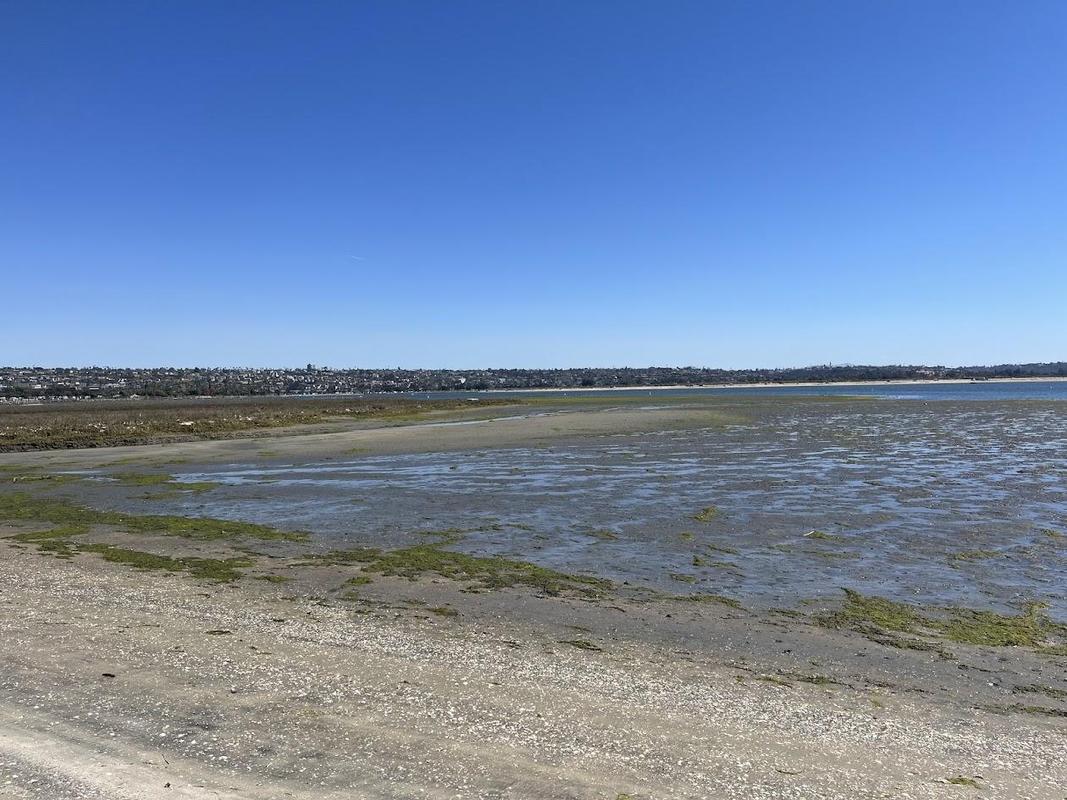
The day of the deployment at the Kendall-Frost Marsh with a much lower tide than during scouting. Taken by Wesley Wu
With forms signed, devices ready, and permissions granted for the deployment, the team set off early (for a Saturday morning) back to the Kendall Frost Marsh! Upon arrival, we donned high-vis vests, borrowed a couple of wooden stakes, and began trekking down to the marsh. The Hydromoth was placed among the weeds and grasses closer to the tidal zone and the nesting platforms. Even with a night high tide, we were confident as we staked the recording device into the ground that we would get some great audio recordings from it.
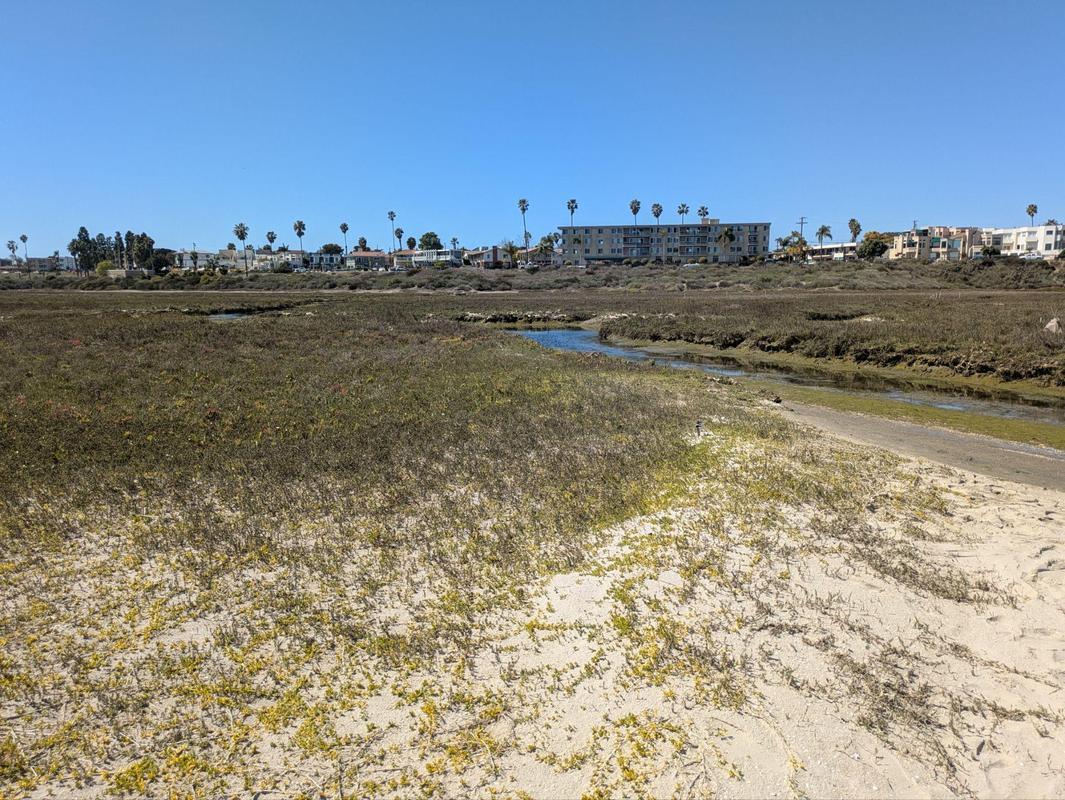
The Hydromoth, deployed closer to the river and within the tidal zone. The closest nesting platform can be seen on the right edge of the image. Taken by Wesley Wu.
Meanwhile, the Audiomoth, which was not rated for underwater use, was placed on a nearby hill.
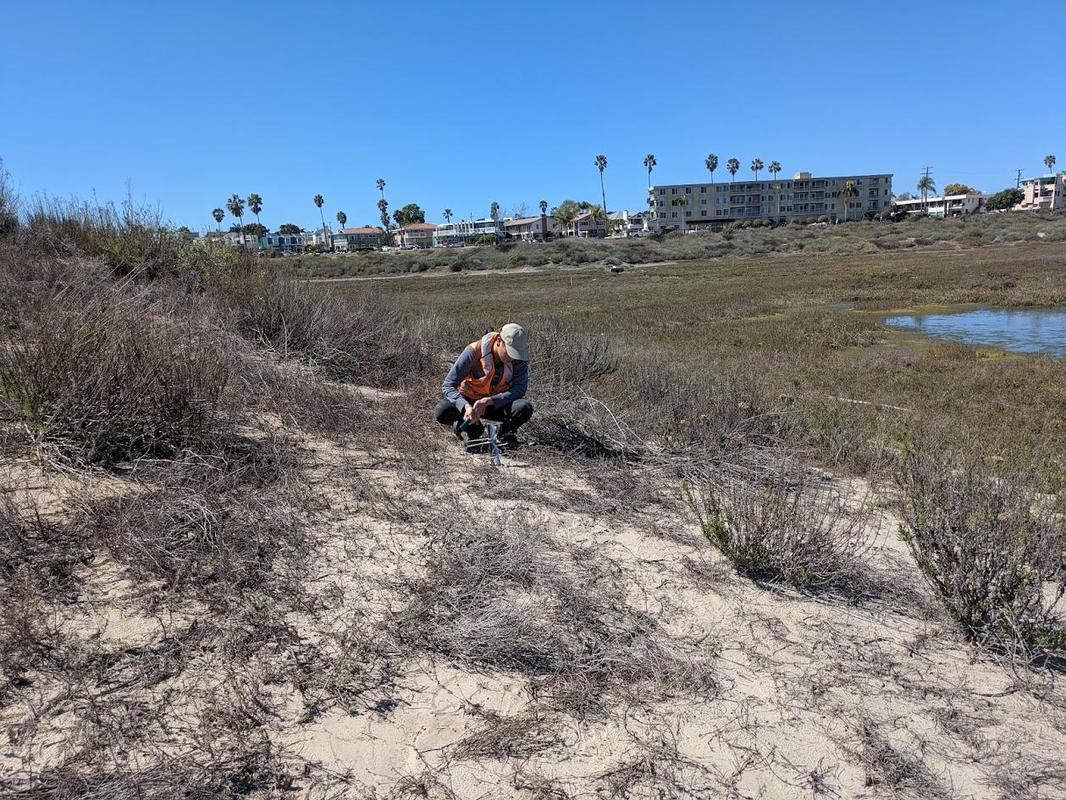
Wesley checking if the Audiomoth is secure and recording. Wesley and Sean took turns getting the Hydromoth and audio prepped while the other person recorded the GPS location and photos documenting the deployment. Taken by Sean Perry
The Future
These devices will record continuously for 3 weeks with a sample rate of 48 kHz. The team has been working on San Diego Bird Species-based Machine Learning classifiers to identify species local to San Diego in audio data. Once we collect the devices, we will be focused on labeling as much data as possible to identify species of interest. By working to make this process cheaper, ecologists could potentially use audio recordings as another method for studying these species that are slowly recovering as the original habitat continues to improve. Then, not only can people cherish and love their wetlands but also hear and recognize the many birds that call these wetlands their home.
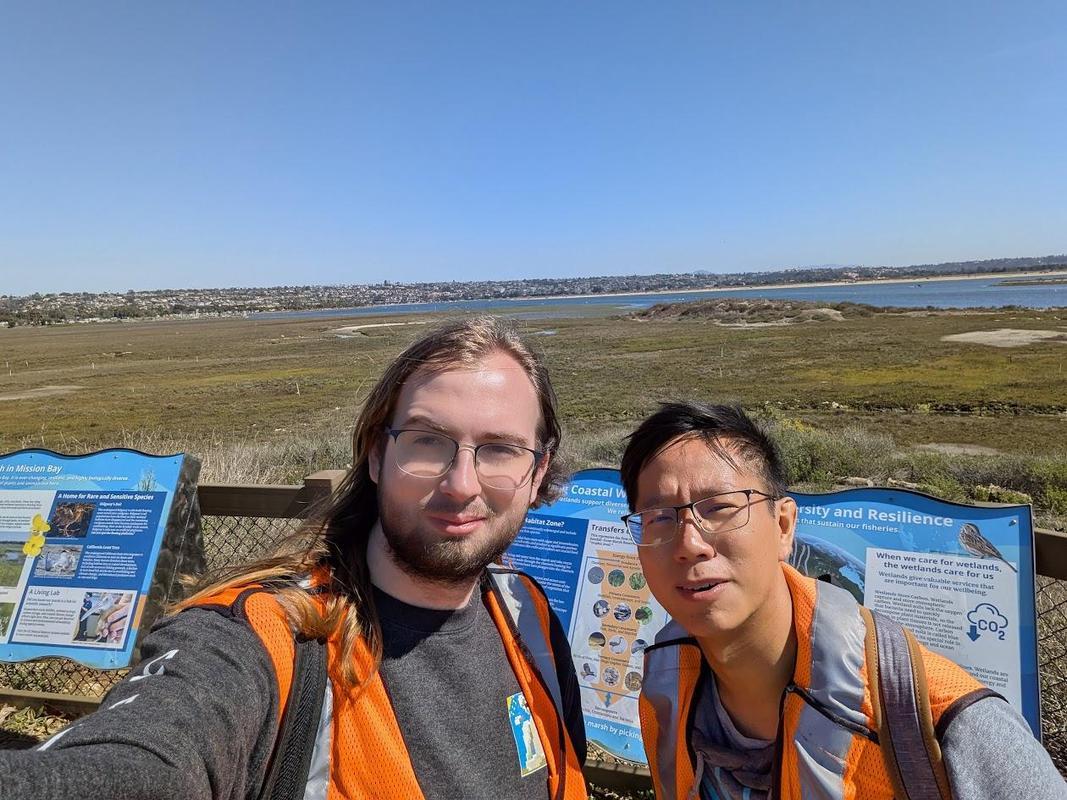
Sean (left) and Wesley (right) celebrating their work with one last photo of the marsh. Taken by Sean Perry
-
[1] Natural Reserve System. July 2015. Available at: https://ucnrs.org/reserves/kendall-frost-mission-bay-marsh-reserve/
[http]
-
[2] Ucsd.edu. 2025. Available at: https://nrs.ucsd.edu/reserves/kendall-frost/index.html
[http]
-
[3] openacousticdevices. 2025. Available at: https://www.openacousticdevices.info/audiomoth
[http]
